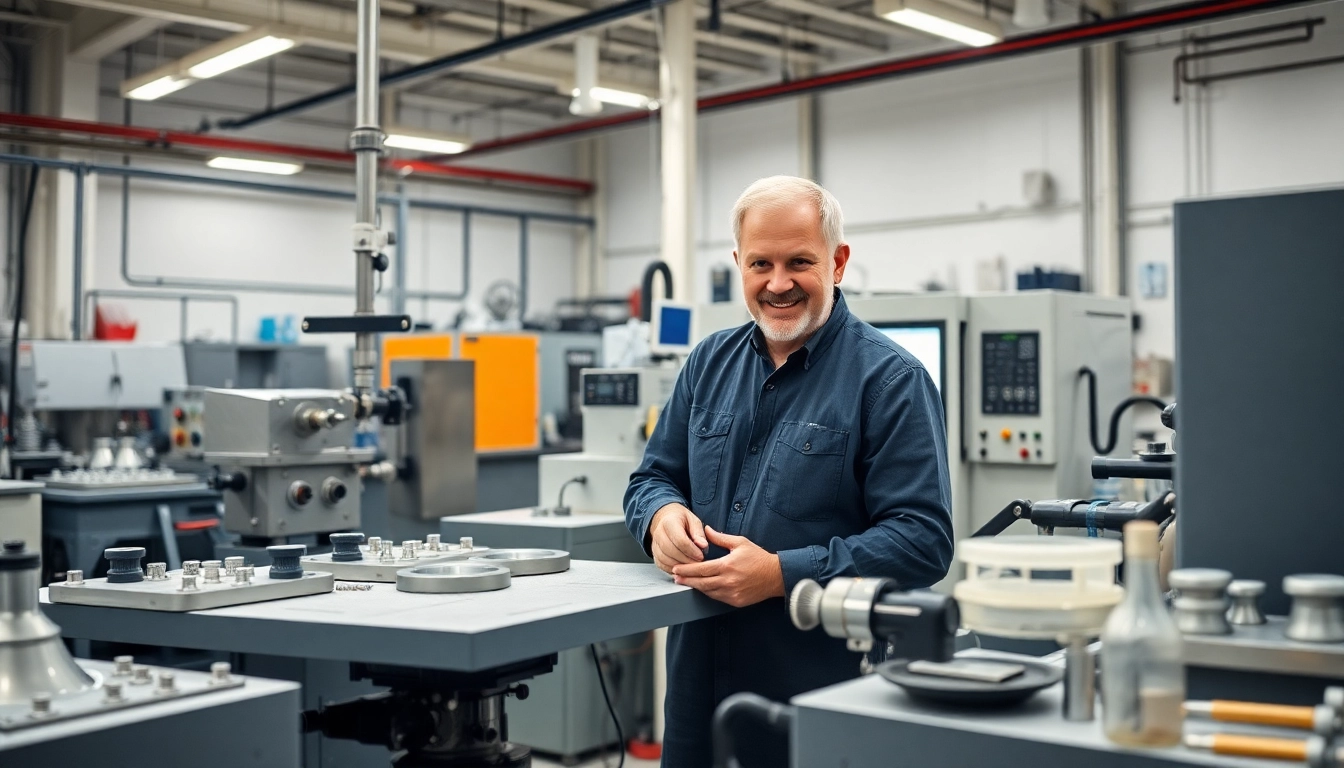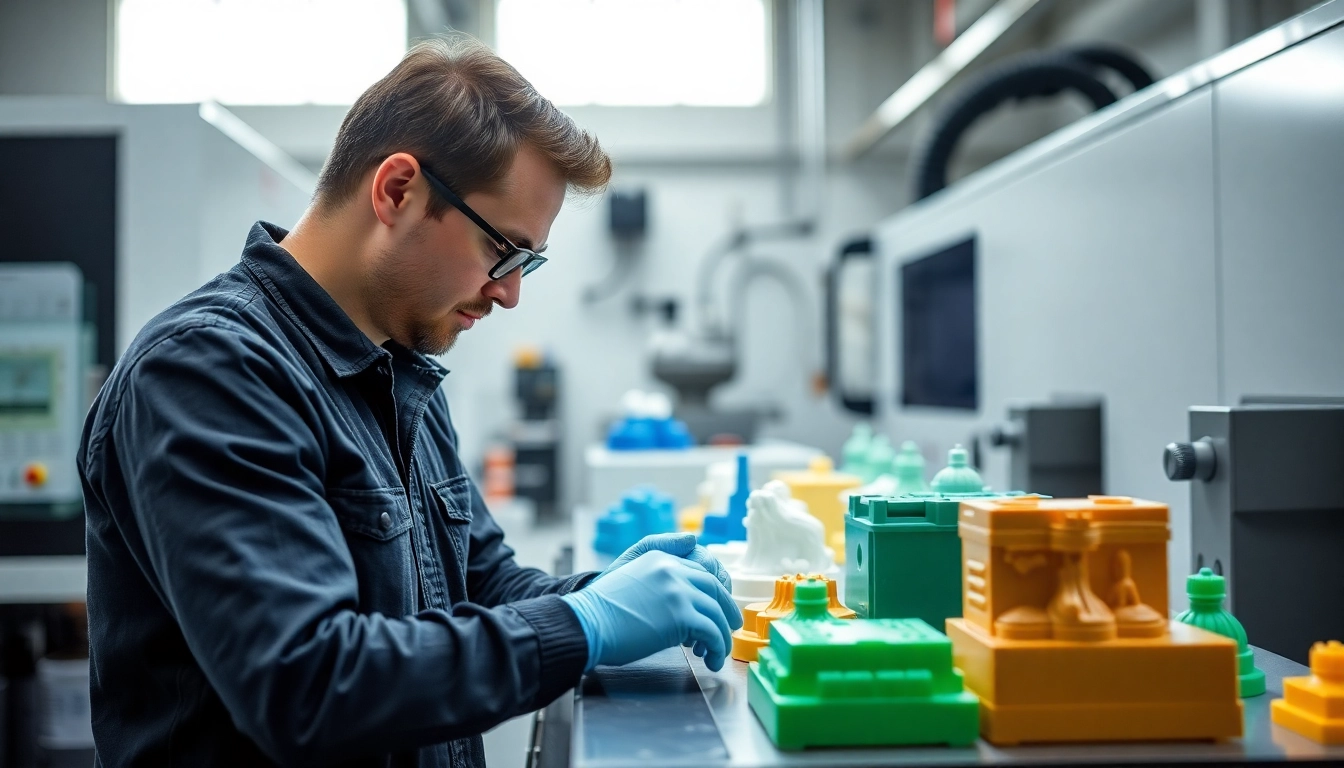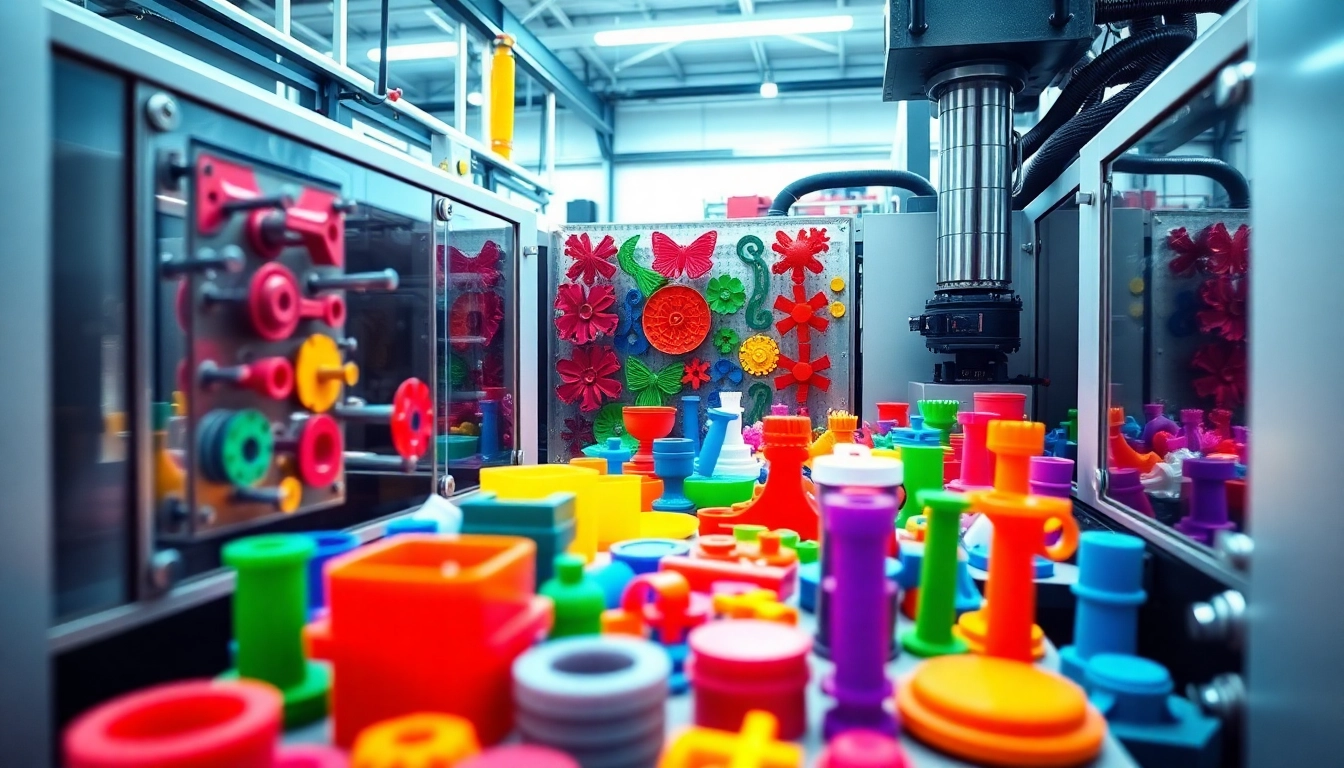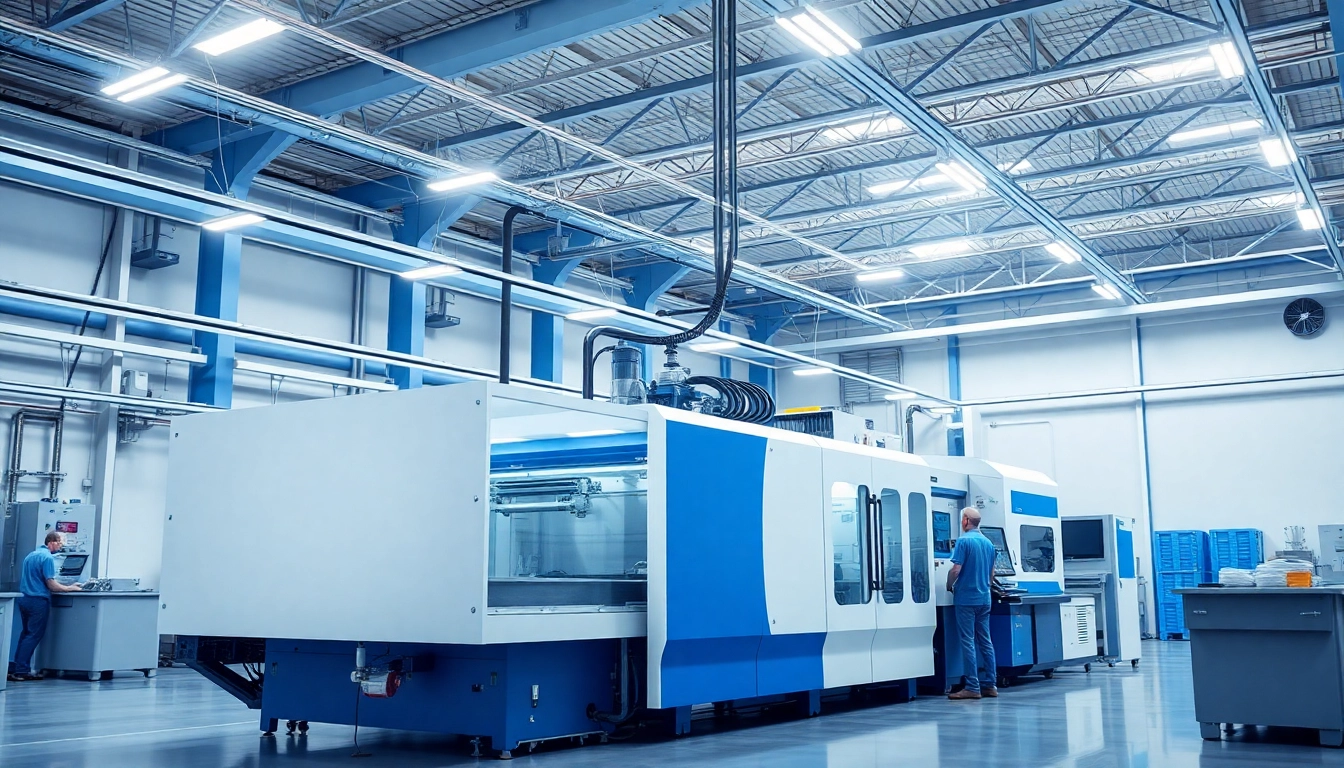Understanding the Role of a Mold Maker for Injection Molding
What Is a Mold Maker?
A mold maker for injection molding is a specialized professional who designs and constructs molds used to produce plastic parts through the injection molding process. Their role is crucial in various industries, including automotive, consumer goods, electronics, and medical devices. Mold makers collaborate with engineers and designers to convert initial product ideas into precise molds that can be manufactured in bulk.
Essential Skills of a Mold Maker
Effective mold making requires a diverse set of skills, including:
- Technical Proficiency: Mastery of CAD software for designing 3D mold models.
- Machining Knowledge: Familiarity with CNC machining, EDM, and other fabrication techniques.
- Material Science: Understanding the properties of various materials used, such as steel, aluminum, and polymers.
- Problem-solving Skills: Ability to troubleshoot mold design flaws or manufacturing issues.
- Attention to Detail: Ensuring accuracy in measurements and tolerances, critical for high-quality molds.
The Importance of Mold Design
Mold design is a vital aspect of the injection molding process. A well-designed mold determines the quality, efficiency, and cost-effectiveness of production. Key considerations in mold design include:
- Gate Design: Influences the flow of plastic into the mold.
- Cooling Channels: Critical for maintaining the right temperature during production, affecting cycle times and part quality.
- Ejection System: Ensures the molded part can be easily removed without damage.
Process of Injection Mold Manufacturing
Initial Design and Prototyping
The first step in the injection mold manufacturing process involves initial design and prototyping. Mold makers work closely with product designers to create a mold that meets engineering specifications. Prototyping allows for testing the design on a smaller scale, identifying potential issues before full-scale production begins. Techniques such as 3D printing are often employed to create prototypes quickly and cost-effectively.
Material Selection for Molds
Selecting the right materials for mold construction is critical. Common materials used include:
- Steel: Durable and suitable for high-volume production.
- Aluminum: Lighter and less expensive, ideal for low-volume production or prototypes.
- Composite Materials: Used for specialized applications requiring specific properties, such as corrosion resistance.
Tolerances and Quality Control
Quality control in mold making involves meticulous attention to tolerances and standards. Mold makers utilize various measurement tools such as calipers and CMM (Coordinate Measuring Machines) to ensure every part of the mold meets the required specifications. Implementing stringent quality control protocols is essential to prevent defects in the molded parts, which can lead to significant production losses.
Types of Injection Molds Created by Mold Makers
Standard vs. Complex Mold Designs
Mold makers can create both standard molds for simpler designs and complex molds for intricate parts. Standard molds are easier and quicker to produce, while complex molds may require advanced techniques such as multi-cavity designs or interchangeable inserts. The choice between standard and complex designs depends on factors such as part geometry, production volume, and cost constraints.
Multi-Cavity Molds: Benefits and Challenges
Multi-cavity molds allow for the simultaneous production of multiple parts in a single cycle, significantly improving production efficiency. However, designing these molds presents challenges, including:
- Ensuring uniform melt flow to each cavity.
- Balancing cooling times across all cavities.
- Managing costs associated with the complexity of the mold.
Overmolding and Insert Molding Techniques
Overmolding and insert molding are advanced techniques employed by mold makers to enhance product functionality. Overmolding involves adding a second material over an existing part, allowing for improved grip or waterproofing. Insert molding incorporates metal parts into the mold to create a strong bond, combining the benefits of both plastic and metal components.
Cost Factors Associated with Hiring a Mold Maker for Injection Molding
Understanding Estimates and Quotations
When hiring a mold maker, obtaining accurate estimates and quotations is essential for budget planning. This often involves discussions about project scope, material choices, and expected production volumes. Mold makers typically provide tiered pricing based on the complexity of the mold and the chosen materials.
Factors Influencing Mold Costs
Several factors influence the overall cost of mold making, including:
- Material Costs: Steel and specialized materials can significantly impact budget.
- Labor Costs: Skilled labor for precision machining adds to costs.
- Design Complexity: More intricate designs require advanced techniques and tooling.
- Production Volume: Higher volumes might yield economies of scale, reducing per-unit costs.
Long-term Cost Implications of Quality Molds
Investing in high-quality molds may involve higher upfront costs but can lead to substantial long-term savings. Quality molds reduce the risk of defects, minimize downtime, and often last longer than inferior options. Companies should consider the total cost of ownership rather than merely focusing on initial expenses.
Future Trends in Mold Making for Injection Molding
Impact of Technology on Mold Making
Advancements in technology are reshaping mold making significantly. Innovations such as 3D printing are enhancing prototyping capabilities, allowing mold makers to test designs rapidly. Automation is also playing a critical role in increasing production efficiency and precision.
Sustainability in Mold Manufacturing
As industries strive for sustainable practices, mold making is no exception. Mold makers are increasingly using recyclable materials and discovering eco-friendly processes to minimize waste and energy consumption. Emphasizing sustainability can also attract customers looking to reduce their ecological footprint.
Evolving Customer Needs and Market Trends
The market for injection molding is constantly evolving, driven by changing consumer preferences and technological advancements. Mold makers must stay agile, adapting to trends such as smaller production runs for customization, integration of smart technologies in products, and the need for faster turnaround times. Keeping abreast of these changes is crucial for maintaining a competitive edge.



